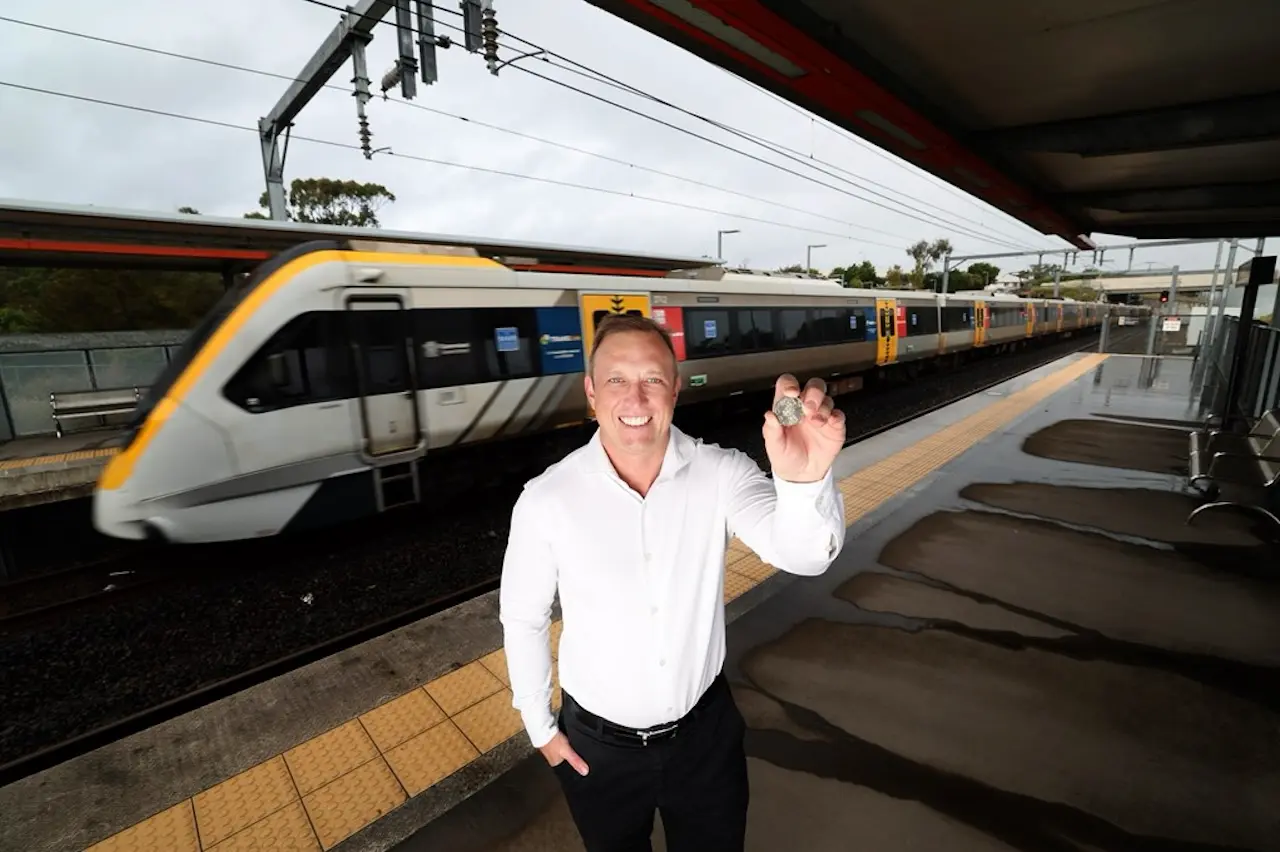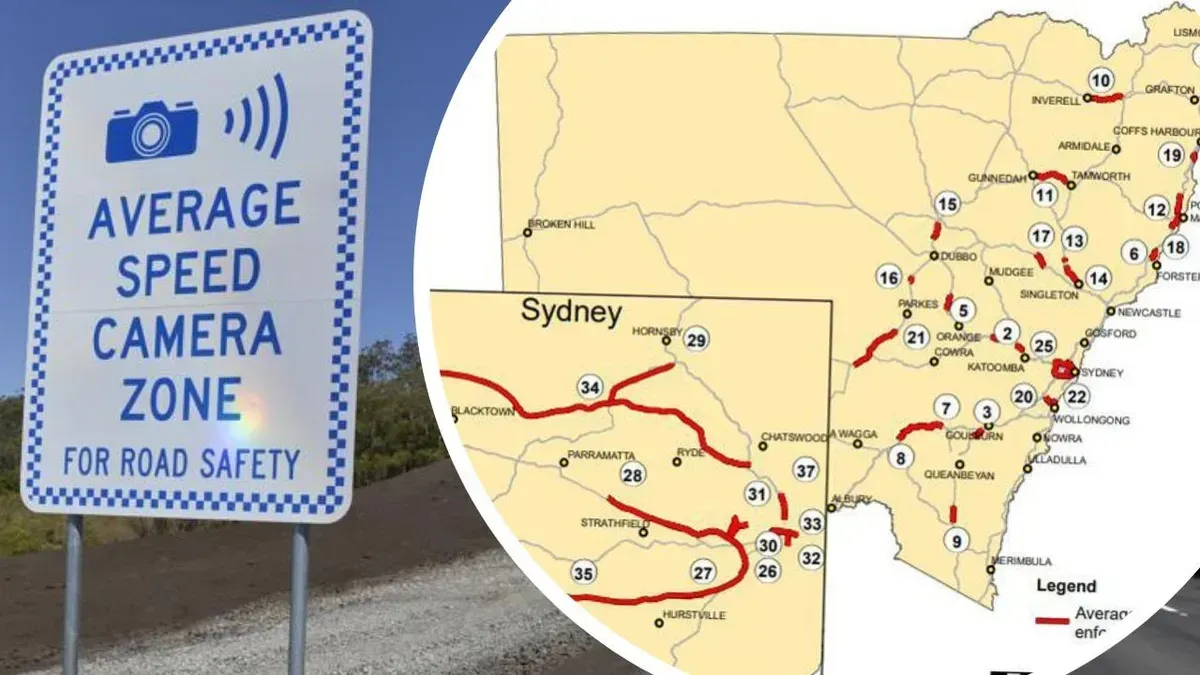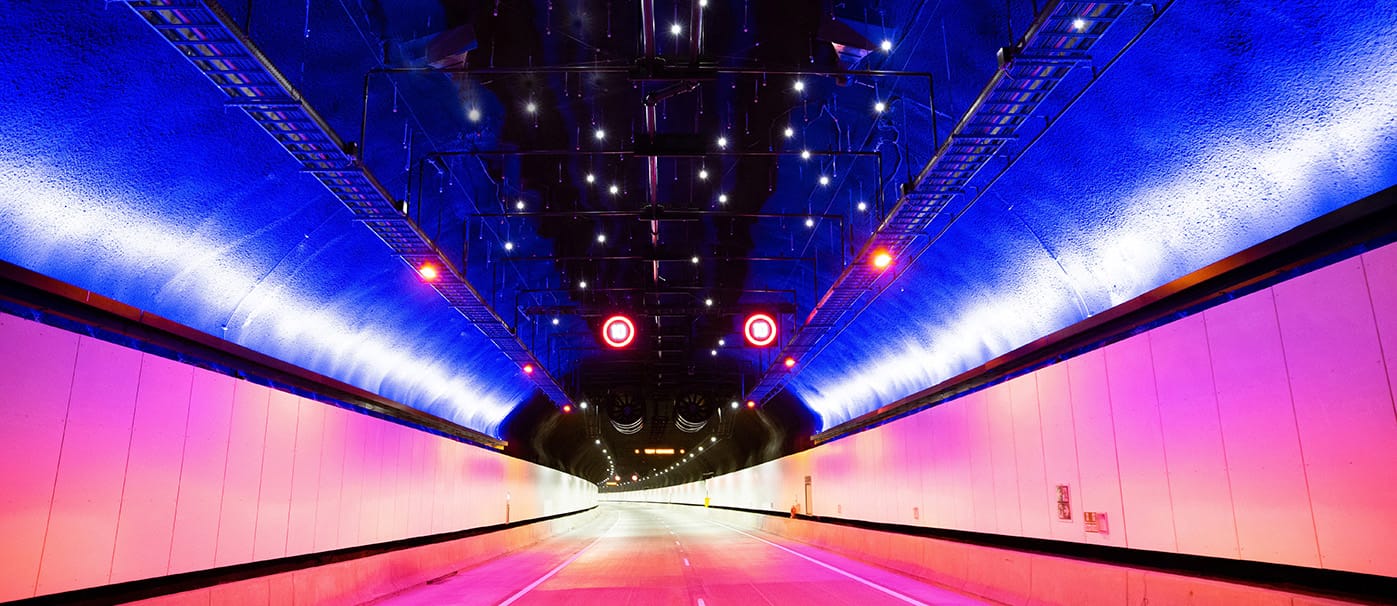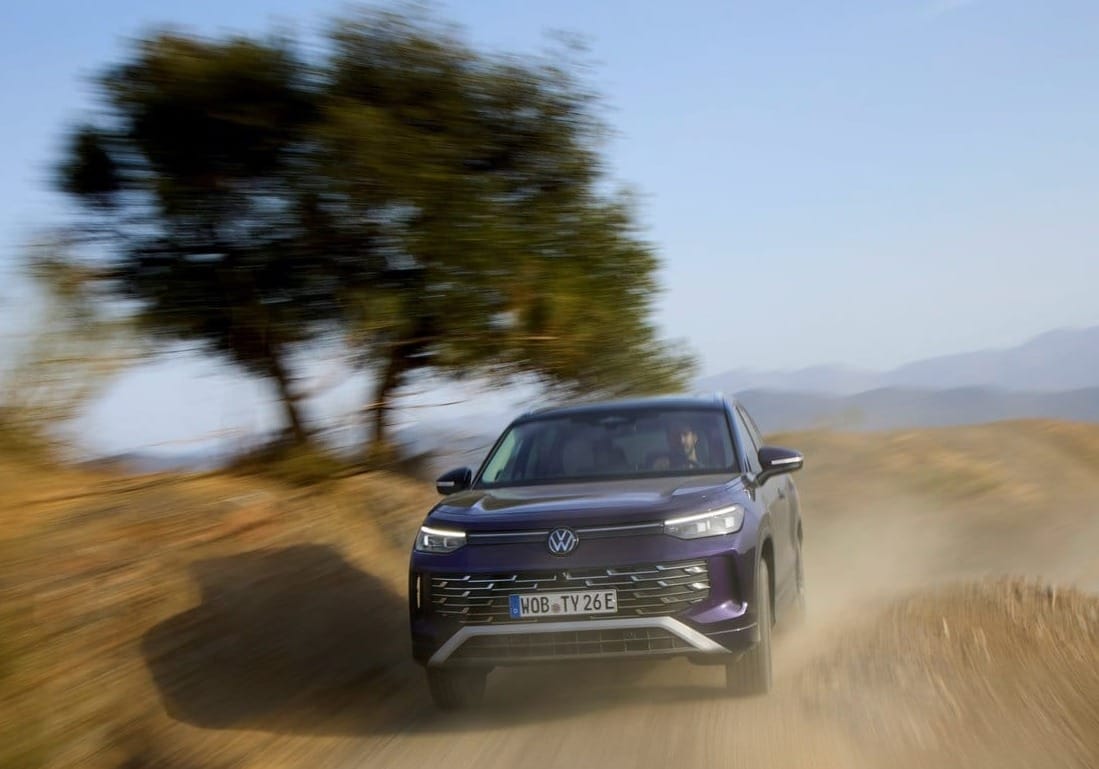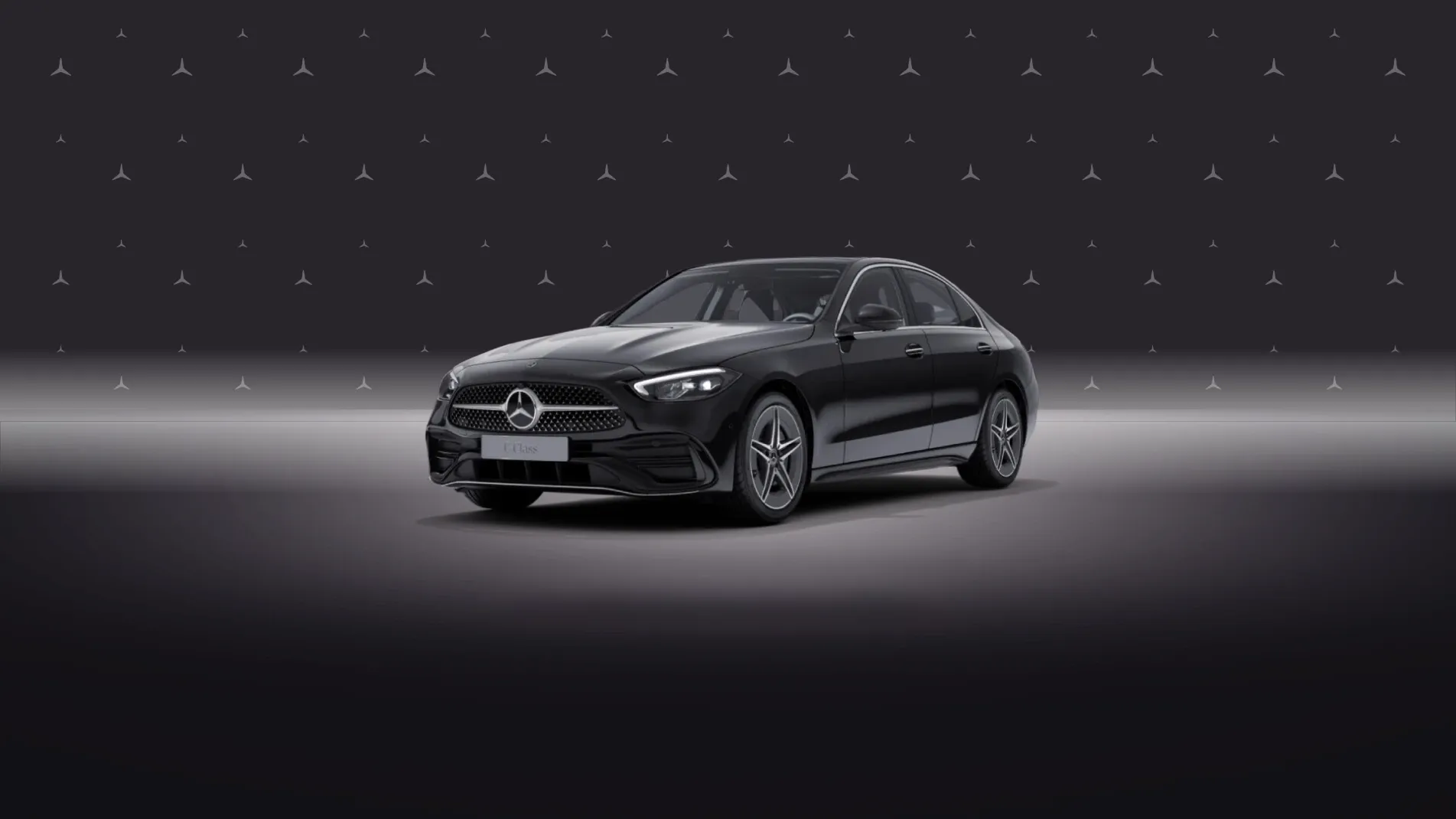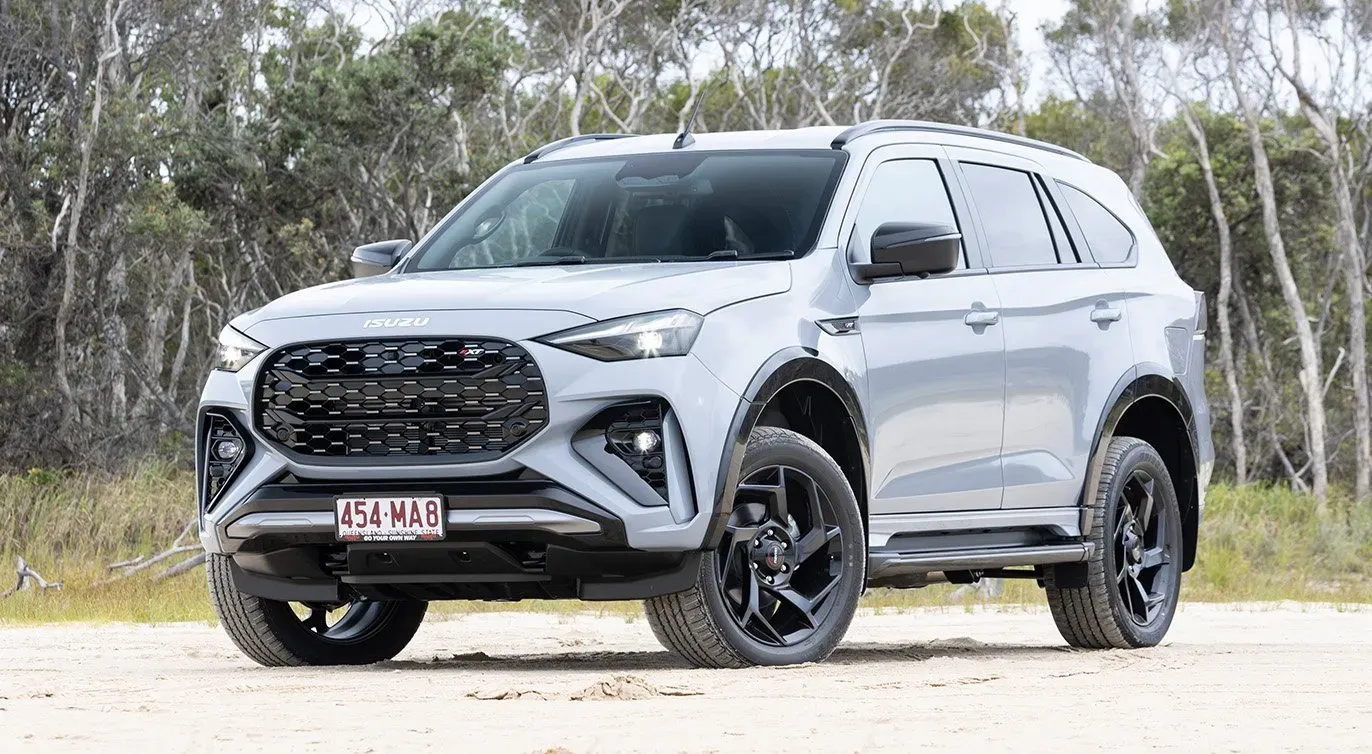The 2025 Suzuki Swift, a popular hatchback and Australia’s most affordable hybrid, has come under scrutiny after receiving a one-star safety rating from the Australasian New Car Assessment Program (ANCAP).
This rating contrasts sharply with the four stars awarded by Japan’s NCAP (JNCAP) and the three stars given by Euro NCAP for its European counterpart. The disparity between these ratings has reignited discussions about regional safety standards and their implications for consumers.

Why the Low Rating?
The new fourth-generation Suzuki Swift (codenamed AOL) failed to meet ANCAP’s latest stringent requirements due to structural differences between the models sold in Australia, New Zealand, and Europe.

According to ANCAP, the lack of absorption bars around the radiator and wheel arches in the Australian model significantly impacted its crash performance.Key ANCAP crash test results for the Australian model include:
- Adult Occupant Protection: 47% (one of the lowest modern scores)
- Child Occupant Protection: 59%
- Safety Assist Systems: 54%
In specific tests:
- The frontal offset crash test revealed weak chest protection for the driver and poor head protection for a child dummy.
- The full-width frontal test showed inadequate rear seat passenger protection.
- Side impact tests scored better, with good chest and head protection.
- Vulnerable Road User Protection (pedestrians and cyclists) achieved a relatively strong 76%.
Comparison with Other Markets
In Japan, where the Swift is structurally identical to the Australian model, JNCAP awarded it four stars with high scores:
- Preventive Safety Performance: 88.70/89
- Collision Safety Performance: 81/100
Euro NCAP rated the European Swift three stars, citing better structural robustness due to additional absorption bars.
Advanced Safety Features
Despite its low ANCAP rating, the new Suzuki Swift offers several modern safety technologies:

- Autonomous Emergency Braking (AEB) with pedestrian and cyclist detection
- Lane Keep Assist
- Adaptive Cruise Control
- Blind Spot Monitoring (on higher trims)
However, ANCAP noted missing features like driver attention monitoring and rear seat occupant reminders. Additionally, blind spot warning is only available on more expensive variants.
Structural Concerns
ANCAP CEO Carla Hoorweg highlighted structural deficiencies in locally sold models:“The design of some of the structural elements and restraints in locally-sold Swift vehicles appear to lack robustness, leading to variation in crash performance.”These structural issues contributed to poor scores in critical areas like chest protection for drivers and rear passengers during frontal collisions.
Consumer Impact
The one-star rating has raised concerns among potential buyers about whether the Swift is a safe choice. Small cars like the Swift often face challenges in crash tests due to their lightweight construction and compact dimensions. However, competitors like the Hyundai i30 sedan and MG3 have managed three-star ratings under similar conditions.

Suzuki Australia has defended the new Swift’s value proposition as an affordable hybrid with advanced safety features. Michael Pachota, Suzuki Australia’s Managing Director, stated:“The latest generation Swift offers considerably more safety assist features than its predecessor… We are committed to importing the highest specified models made available to our markets.”
Conclusion: Is It Unsafe?
Whether or not the new Suzuki Swift is “unsafe” depends on perspective. While it offers advanced active safety features that surpass its predecessor, its structural weaknesses in crash tests are concerning.
The stark contrast between ANCAP's one-star rating and higher ratings from JNCAP and Euro NCAP underscores how regional testing standards can influence perceptions of vehicle safety.
For buyers prioritizing affordability and modern safety technologies, the Swift remains an attractive option. However, those concerned about crash protection may consider alternatives in the competitive light car segment.




